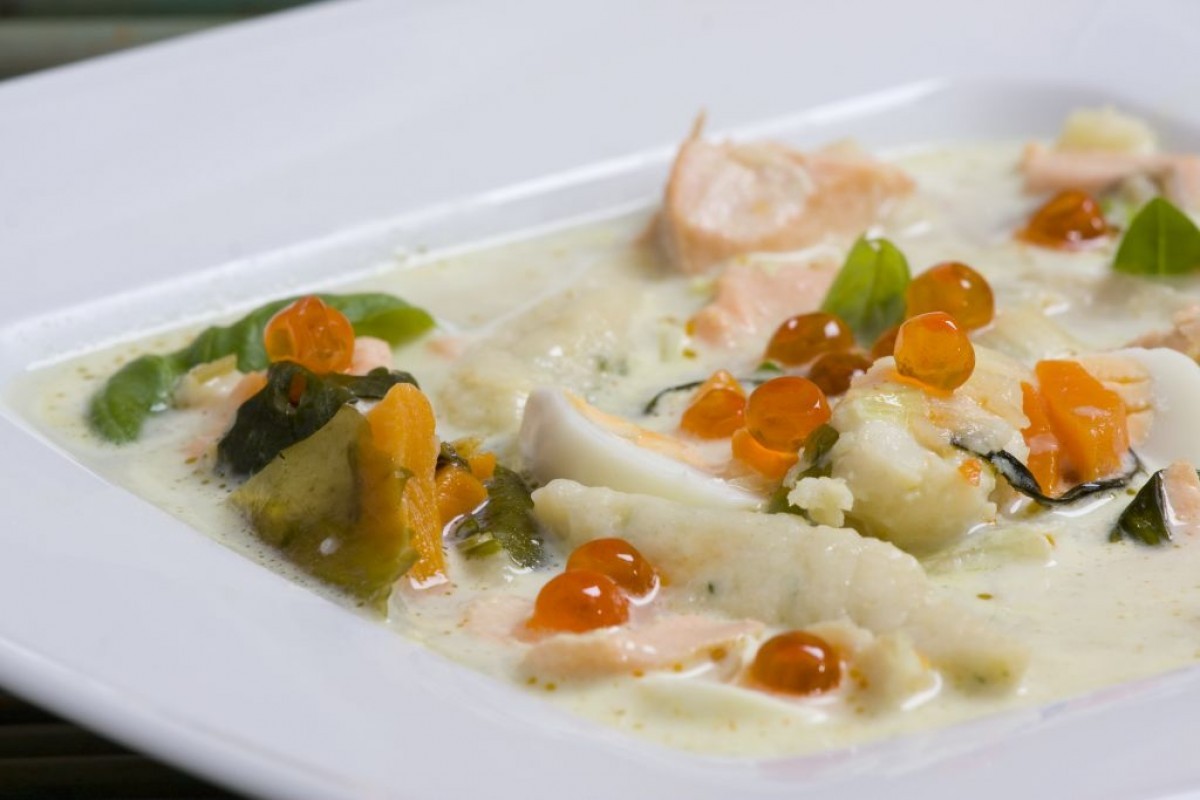A building, such as the European Solidarity Centre, could be erected only in Gdańsk – the birthplace of the legendary ‘Solidarity’. It’s a place that tells the story of a dramatic, marked with blood, but a victorious fight of Poles for freedom. It is also one of the leading cultural and educational institutions in Pomorskie, which is slowly becoming more and more recognizable worldwide. Finally – it’s a building that in terms of architecture has no match in Gdańsk.
The European Solidarity Centre is a new place on the map of Gdańsk, opened only in August 2014. However, it soon gained a reputation of one of the most important buildings in the city.


It is both a tourist attraction and a venue for conferences, trainings, temporary exhibitions, cultural events and educational projects as well. What is more, a legendary ‘Solidarity’ activist, the Nobel Prize winner, and a former Polish President Lech Wałęsa has his office here.
The European Solidarity Centre is a new place on the map of Gdańsk, opened only in August 2014. However, it soon gained a reputation of one of the most important buildings in the city.
It is both a tourist attraction and a venue for conferences, trainings, temporary exhibitions, cultural events and educational projects as well. What is more, a legendary ‘Solidarity’ activist, the Nobel Prize winner, and a former Polish President Lech Wałęsa has his office here.
Also the youngest have their own play area in the European Solidarity Centre. It is with them in mind that there has been created the Fun Zone, which is a small shipyard where children themselves build ships, transfer goods and send ships on cruises. On the other side there is a library with a reading room, an archive and a media library with collections, which consist of more than 20,000 volumes.




A ship-like building
The building of the European Solidarity Centre itself, designed by the architectural studio belonging to dr inż. arch. Wojciech Targowski, is undoubtedly worthy of attention. The building is very distinctive – its rusty shade clearly refers to the construction of the ship and its components. In turn, the glass facade is the ‘breath’ of freedom, to which the institution makes such a strong reference.
The winter garden full of greenery, around which galleries have been led, invariably delights visitors. Green contrasts with the raw industrial interior finish, dominated by metal and glass. Spaces around the building are extremely friendly and – among others, thanks to a modern fountain – are conducive to relaxation, walks and spending time outdoors.
In the centre of history
Both the institution itself, the building and the land on which it is located are symbolic. The European Solidarity Centre couldn’t be erected anywhere else but in the areas of the legendary Gdańsk shipyard, just a few meters away from the Monument to the Fallen Shipyard Workers and next to the historic gate No. 2, over which in 1980 hung some signs with the demands of shipyard workers fighting for their rights in the communist country.
Today there is no doubt that this is a must-see on the tourist map of everyone who visits Gdańsk as well as a modern architectonic landmark of the city.









































